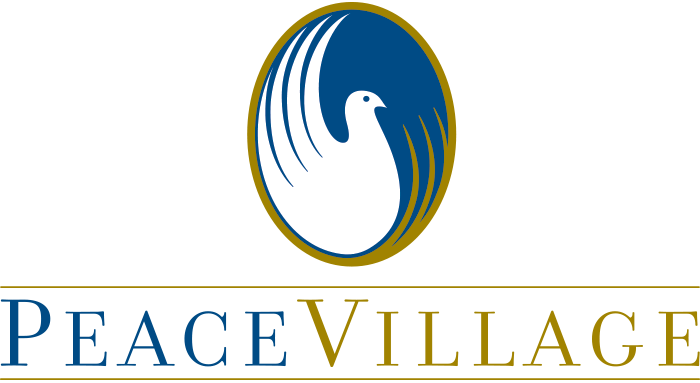You don’t have to look far to find research that reinforces the benefits of exercising. And the health benefits aren’t just about your muscular strength. More and more studies have cited the positive impact exercise has on our mental and emotional health as well. This is particularly important for seniors living with the worry of heart disease, because just a little bit of exercise can ease anxiety and depression while increasing your relaxation and creating an overall sense of well-being.
Exercise and Heart Disease
There are about 600 muscles in the human body, but arguably your heart is the most important muscle. Getting regular exercise when you have heart disease is important because it helps strengthen your heart muscle and manage blood pressure and cholesterol levels. There are three main types of exercise that are beneficial for seniors with heart disease: flexibility, cardiovascular (or aerobic exercise), and strength. We’ll talk about each in a moment, but first let’s cover a few basic rules for safe exercise for seniors.
1. Start Slowly
Don’t try to do too much at once, particularly when just getting started.
2. Warm Up
Always do several minutes of stretching to warm up your muscles and heart before getting into your activity.
3. Take Breaks and Cool Down
If you get tired, take a break. If you feel any heart symptoms, stop. And make sure you take the time to cool down after you exercise.
3 Types of Exercises for Seniors with Heart Disease
1. Flexibility Exercises
This type of exercise helps you maintain and bolster your balance, loosen your joints and expand your range of motion. Examples include yoga, Tai Chi and meditation.
2. Yoga
Yoga is probably the best-known exercise for seniors. It’s a gentle, low-key way to lengthen your muscles and make them more flexible over time. It also has the benefit of slowing down your thoughts, which helps lower blood pressure.
3. Tai Chi
Like yoga, Tai Chi is a slow-paced exercise for seniors. Its graceful, gentle movements can get your heart rate up while also relaxing your mind, which may be why it’s often referred to as meditation in motion.
Meditation
Which brings us to meditation. More and more, we’re discovering that what’s good for the mind also tends to be good for the heart. In fact, meditation may play a role in reducing your risk of heart disease, according to the Journal of the American Heart Association.
Cardiovascular / Aerobic Exercises
Aerobic exercise uses your heart and lungs for a long period of time. It can strengthen your heart muscle and improve your circulation.
1. Walking
Start with short walks, maybe just down the hall to visit a neighbor or to the mailbox. Slowly work your way up to walking 30 minutes a day. An added benefit of walking for seniors is that it’s a great exercise to do with friends.
2. Swimming
Swimming is another smart aerobic exercise for seniors, particularly if you live in a senior living community. Many communities have heated pools and swimming/water aerobics classes that are perfect for seniors with heart disease.
3. Gardening
Not all exercise needs to be “exercise.” Just moving around is good for your heart. If you’re a gardener, great news! This is another wonderful way to maintain your heart health while enjoying something you already do anyway.
Strength Exercises
There are many, many strength exercise options. If you live in a senior living community, chances are you have access to a gym and maybe even professional trainers ready to assist you. For the purposes of this list, however, let’s focus on a few chair exercises you can do in your own home on your own time.
Chair Exercise #1: Armchair Pushup
Sit in a sturdy chair with armrests, place your feet flat on the floor, and push your bottom off the seat while engaging your core, then slowly lower yourself back down.
Try doing 8 or 10 of these pushups at a time.
Chair Exercise #2: Seated Shoulder Press
Sit in a chair with a strong, sturdy back with your hips as far back as possible. Using a pair of low-weight dumbbells, spread your elbows and engage your core. Then extend your arms up, reaching above your head until fully extended, then slowly bring them back down.
Chair Exercise #3: Extended Leg Raises
Sit at the edge of your chair, but not too far forward that you feel you might fall over. Keep your back straight and your core engaged as you grab the seat of your chair for stability. Lift one leg as high as you can, then lower it slowly and repeat with the other leg.
Finding a Healthy Community
At Peace Village, we offer an enriching lifestyle with plenty of amenities, activities, and programs to help seniors stay active and healthy. If you’re interested in how we can help you maintain or improve your physical health, please contact us today.

